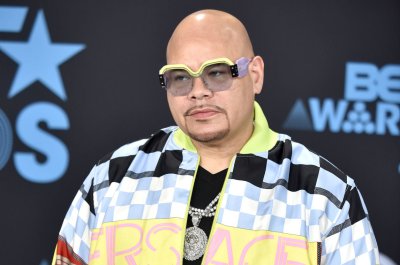Topic: Coco Chanel
Gabrielle Bonheur "Coco" Chanel (19 August 1883 – 10 January 1971) was a pioneering French fashion designer whose modernist philosophy, menswear-inspired fashions, and pursuit of expensive simplicity made her an important figure in 20th-century fashion. Her extraordinary influence on haute couture was such that she was the only person in the field to be named on TIME Magazine's 100 most influential people of the 20th century.
Chanel was born in 1883 on the 19th of August. She was the second daughter of traveling salesman Albert Chanel and Jeanne Devolle in the small city of Saumur, Maine-et-Loire. There was a misspelling on her birth certificate that recorded her last name as "Chasnel," making the tracing of her roots almost impossible for biographers when Chanel later rose to prominence. Coco was born in a poorhouse. Her birth was recorded the following day. Two employees of the hospice went to city hall and declared the child of feminine gender. The hospice employees were illiterate, so when the mayor François Poitu wrote down the birth, no one knew how to spell Chanel so the mayor improvised and recorded it with an "s," making it Chasnel. Her parents married in 1883. She had five siblings: two sisters, Julian (1882-1913) and Antoinette (born 1887) and three brothers, Alphonse (born 1885), Lucien (born 1889) and Peter (born and died 1891). In 1895, when she was 12 years old, Chanel's mother died of tuberculosis and her father left the family a short time later because he needed to work to raise his children. Because of his work, the young Chanel spent seven years in the orphanage of the Roman Catholic monastery of Aubazine, where she learned the trade of a seamstress. School vacations were spent with relatives in the provincial capital, where female relatives taught Coco to sew with more flourish than the nuns at the monastery were able to demonstrate. When Coco turned eighteen, she left the orphanage, and took up work for a local tailor.
While working at a tailoring shop she met and soon began an affair with the French playboy and millionaire Étienne Balsan who lavished her with the beauties of "the rich life," diamonds, dresses and pearls. While living with Balsan, Chanel began designing hats as a hobby, which soon became a deeper interest of hers. After opening her eyes, as she would say, Coco left Balsan and took over his apartment in Paris. In 1913, she opened up her very first shop which sold a range of fashionable raincoats and jackets. Situated in the heart of Paris it wasn't long before the shop went out of business and Chanel was asked to surrender her properties. This did not discourage Chanel; it only made her more determined. During the pre-war era, Chanel met up with an estranged and former best friend of Étienne Balsan, Arthur "Boy" Capel, with whom she soon fell in love. With his assistance, Chanel was able to acquire the property and financial backing to open her second millinery shop in Brittany. Her hats were worn by celebrated French actresses, which helped to establish her reputation. In 1913, Chanel introduced women’s sportswear at her new boutique in Deauville, in the Rue Gounaut-Biron; Marthe, Countess de Gounaut-Biron (daughter of American diplomat, John George Alexander Leishman), was Chanel's first aristocratic client. Her third shop and successor to her biggest store in France was located in Deauville, where more women during the World War I era came to accept her view that women were supposed to dress for themselves and not their men.
It uses material from the Wikipedia article "Coco Chanel."














